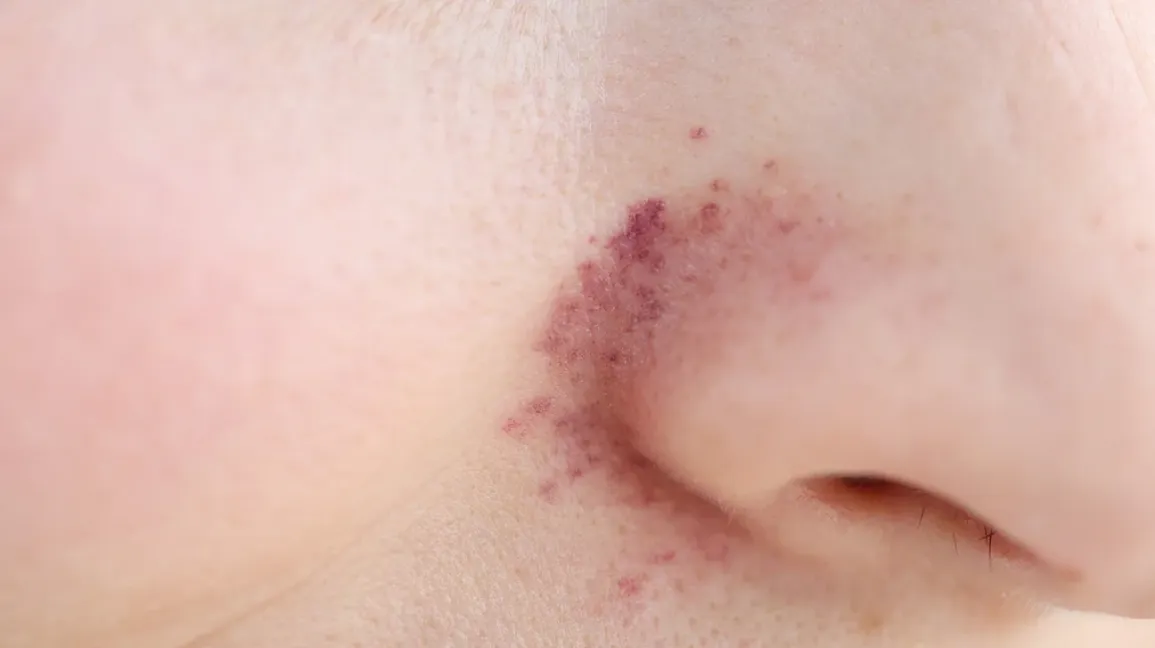How to Get Rid of Redness Near Nose and Prickly Skin

Redness near the nose and prickly skin can be frustrating and uncomfortable, especially if it’s persistent. These symptoms may result from several underlying causes, including irritation, sensitivity, or skin conditions. This guide will explore ways to reduce redness and soothe prickly skin effectively. By identifying the root cause and adopting the right skincare routine, you can achieve a calm, clear complexion.
Common Causes of Redness and Prickly Skin
Redness around the nose and prickly sensations can result from a variety of factors. Understanding the causes is the first step toward finding a solution. Below are some common culprits:

SEEN Body Wash -Scented- Non-Comedogenic & Non-Irritating Body Wash
Skin Irritation and Sensitivity
One of the primary causes of redness is skin irritation. This can be triggered by using harsh skincare products, frequent touching, or exposure to environmental factors like cold weather or wind. Sensitive skin types are more prone to redness and prickly sensations, especially in areas like the nose.
Rosacea
Rosacea is a chronic skin condition that often affects the nose and cheeks, causing redness and inflammation. Those experiencing rosacea may also notice prickly or stinging sensations, especially during flare-ups. Identifying rosacea early can help you manage its symptoms effectively.

Allergic Reactions
An allergic reaction to skincare products, fragrances, or makeup can cause localized redness and discomfort. Ingredients like alcohol, artificial dyes, and certain essential oils may irritate sensitive skin.
Dryness and Dehydration
When your skin lacks moisture, it can become flaky, dry, and irritated. The skin around the nose is particularly vulnerable to drying out, leading to redness and prickling.
Seborrheic Dermatitis
Seborrheic dermatitis is a skin condition that causes redness, itching, and flakiness, particularly around areas that produce oil, such as the nose. It can leave the skin feeling inflamed and uncomfortable.

Effective Treatments for Redness Near Nose
Once you’ve identified the likely cause of redness and prickly skin, it’s important to treat it with gentle care. Below are strategies to help soothe the skin and reduce irritation.
Use Gentle Skincare Products
Harsh cleansers or exfoliants can aggravate redness. Opt for fragrance-free, gentle skincare products designed for sensitive skin. Ingredients like aloe vera and chamomile are soothing and can help calm irritated skin.
Apply Anti-Redness Treatments
To target redness directly, look for products containing niacinamide, azelaic acid, or centella asiatica. These ingredients help reduce inflammation and redness while supporting the skin’s barrier function.

Hydrate Your Skin
A well-moisturized skin barrier is less likely to experience irritation. Use a hydrating moisturizer containing ceramides or hyaluronic acid to lock in moisture and prevent dryness that can lead to redness.
Avoid Triggers
If environmental factors like cold weather or wind are causing your redness, consider wearing a scarf or using a barrier cream to protect your skin. Avoid touching your face frequently, as this can spread bacteria and cause irritation.

3M Cavilon Durable Barrier Cream 3355, 3.25 Ounce 3.25
Lifestyle Changes to Prevent Redness Near Nose and Prickly Skin
Apart from skincare treatments, lifestyle adjustments can significantly help in managing redness near the nose and prickly skin. Incorporating the following habits can contribute to a long-term solution.
Improve Your Diet
What you eat can impact your skin’s appearance. Consuming anti-inflammatory foods such as fish rich in omega-3 fatty acids, leafy greens, and berries may help reduce redness and irritation. Avoid spicy foods, alcohol, and caffeine, which can trigger rosacea or sensitivity flare-ups.
Manage Stress
Stress can exacerbate skin conditions like rosacea, making it important to manage your stress levels. Practices such as yoga, meditation, or simply ensuring enough sleep can significantly improve your skin’s appearance.

Stay Hydrated
Dehydration can lead to dry, flaky skin. Drinking enough water throughout the day helps keep your skin hydrated and less prone to irritation. Aim for at least 8 cups of water daily to maintain healthy skin.
When to See a Dermatologist for Redness and Prickly Skin Near Nose
If your redness and prickly skin persist despite following these remedies, it may be time to see a dermatologist. Skin conditions like rosacea and seborrheic dermatitis may require prescription treatments such as topical medications or oral antibiotics. A professional can help diagnose and treat underlying issues that home remedies can’t resolve.
Links to Related Content
To further help with skin issues, you may want to check out these related articles:
Resources for Additional Information
For more insights into skin conditions and redness, you can visit:
Healthline – How to Get Rid of Redness Around the Nose
American Academy of Dermatology – Rosacea
Conclusion:
Redness near the nose and prickly skin can be uncomfortable and may affect your confidence. By understanding the causes—whether it’s irritation, rosacea, or dry skin—and implementing the right skincare routine and lifestyle adjustments, you can significantly reduce redness and discomfort. Focus on using gentle products, hydrating your skin, and avoiding common triggers. If symptoms persist, consult a dermatologist for professional advice and treatment options. With the right approach, smoother, calmer skin is achievable, leaving you with a more radiant complexion.
Remember: Patience is key when treating sensitive skin, and consistency will bring lasting results.
Explore more articles like this @ Where And How Resources
Share This Article:
If you found this article helpful, don’t forget to share it with your friends and followers! Use the buttons below to easily spread the word on your favorite social media platforms. Sharing is caring!

